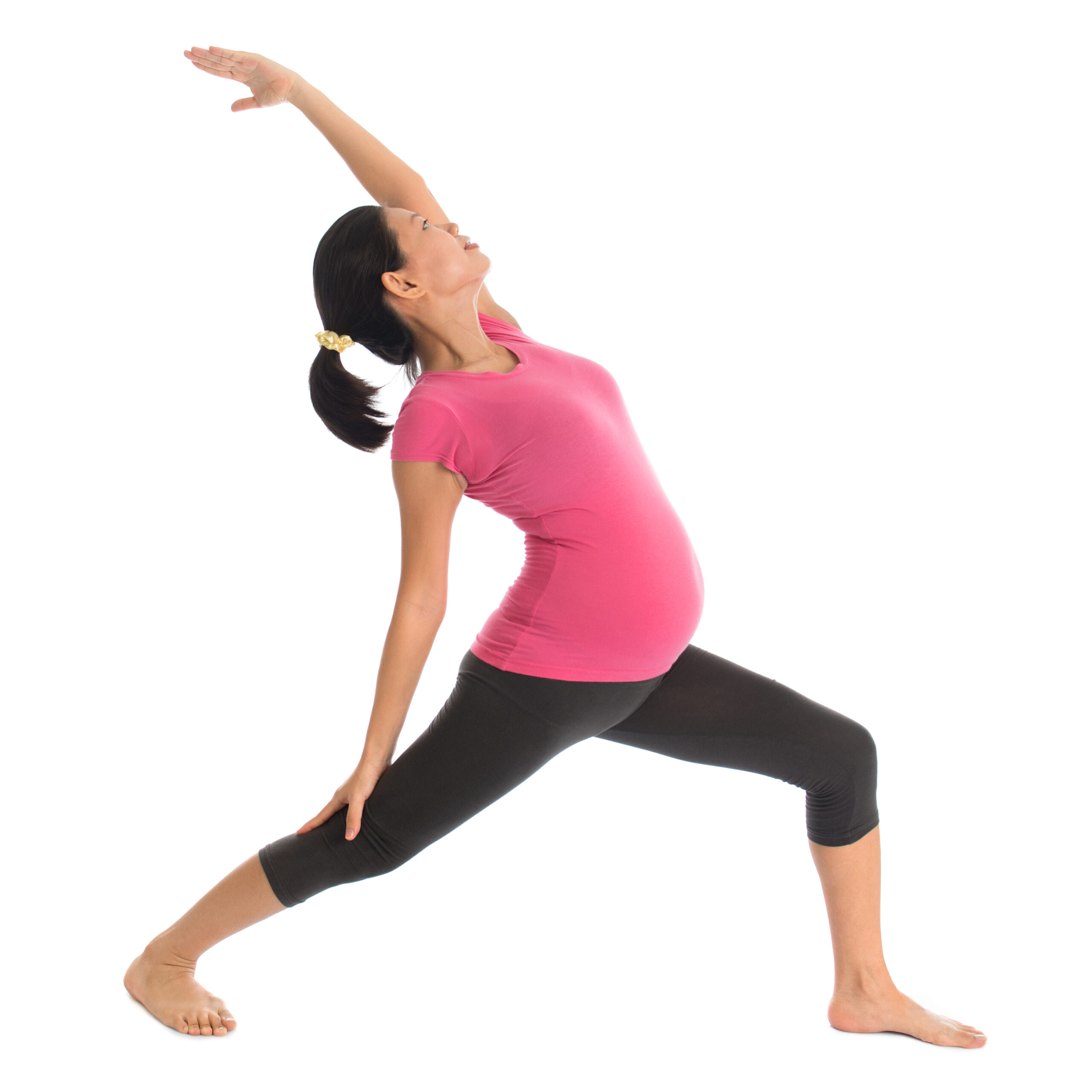Have you noticed you’ve felt a bit more “wobbly” during your pregnancy, or even more flexible than you used to be? If you have, fear not. This is completely normal, and it’s due to one of the (many) hormonal changes of pregnancy.
While there are a host of hormonal changes that the pregnant body undergoes, there is one particular hormonal change that can have an outsized effect on your movements — and that is the increase in a hormone called relaxin.
In this article, we’ll discuss what relaxin is and why it can impact your movements. Then, we’ll discuss the specific implications for physical activity and provide strategies to help you feel strong and sturdy throughout your pregnancy.
What is Relaxin?
Just as the name sounds, relaxin works to relax your joints, ligaments, and other connective tissues, to allow your body to adapt to carry a growing baby. In addition, it provides the laxity and mobility needed for birth, especially in your pelvic region. So, in that sense, it is quite helpful when it comes to carrying and birthing a baby. On the flip side, this increased mobility does have an impact on your day-to-day movements as well.
How Does Relaxin Impact Movement?
A consequence of soft tissue laxity is that it often increases your mobility and decreases your stability.
Think about it: hormones don’t work in isolation — they have whole-body effects. So, if your ligaments and tendons are told to relax, that applies to your joints as well (because ligaments and tendons hold your joints together). As a result, you may experience more mobility in parts of your body that you are unaccustomed to.
For example, perhaps your shoulder can reach further behind your head than it could before, or you feel a bit “wobblier” when you stand on one leg. Some pregnant people are highly impacted by the effects of relaxin while others feel no change at all in their movements. But, it is important to be aware of these changes, so that you can be on the lookout for them and modify your moves, if necessary.
Relaxin impacts the entire body but is most often felt in the pelvic/hip region, especially when combined with shifts in alignment and center of gravity. So, you may have more trouble controlling single-leg activities like lunges, stair climbing, or quick changes of direction.
Implications for Physical Activity
Here are a few important things to keep in mind when it comes to physical activity.
- Avoid overstretching: While you may feel more flexible, you don’t want to further widen that disparity between mobility and stability. So, when stretching, go just to where you feel your natural stopping point. Don’t push further.
- Be mindful when performing single-leg weight-bearing activity: If you feel a bit less stable than usual, you may want to regress the movement you are doing to find a more stable option. For example, if lunges do not feel comfortable, opt for squats instead (where your weight is evenly distributed on both feet). Be especially careful with ballistic single-leg activities jump lunges, skaters, and other high-impact single-leg exercises that involve quick changes of direction. These high-impact movements carry increased risk as relaxin continues to increase.
- Focus on strength training: Strength training can create more stability and potentially help offset some of the effects of relaxin. Below are some great exercises to help you build strength in a safe and effective way.
4 Moves to Increase Stability
Here are 4 exercises to help you build strength and stability. Progress through these in numerical order. Only move on if you feel you have control over the current movement.
1. Split Squat
This move more directly simulates a lunge pattern, while still giving you the stability of two points of contact with the ground. You can widen the feet to add more stability.
2. Squat with Rear Leg Reach
This move starts to remove one leg of support for a brief duration, challenging the stabilizing leg more.
3. Side Lunge Slide
This move keeps two points of support on the ground, but challenges the non-moving leg for longer periods during the sliding motion. You can use a paper towel or socks on hard flooring, if you don’t have a gliding disk.
4. Squat with Side Leg Reach
This move, similar to the Squat with Rear Leg Reach, is designed to get you more stable on one leg as the moving foot leaves the ground for a short period.
You may not get through all the movements, and that’s completely fine. As mentioned, relaxin impacts every individual differently. So, do what feels safe for you. If needed, you can always focus on bilateral movements like squats, deadlifts, and bridges where your weight is evenly distributed on two feet.
Want Additional Resources?
For additional resources to help you exercise safely and effectively during pregnancy, explore our Training Programs and Services. You’ll find a variety of offerings tailored to different needs — from education, to self-guided programs, to the ability to work with an expert coach.
Or, if you’re a health & fitness pro interested in coaching pre & postnatal clients, check out our ProNatal Education & Certification.
